Which is the right MTB tyre?
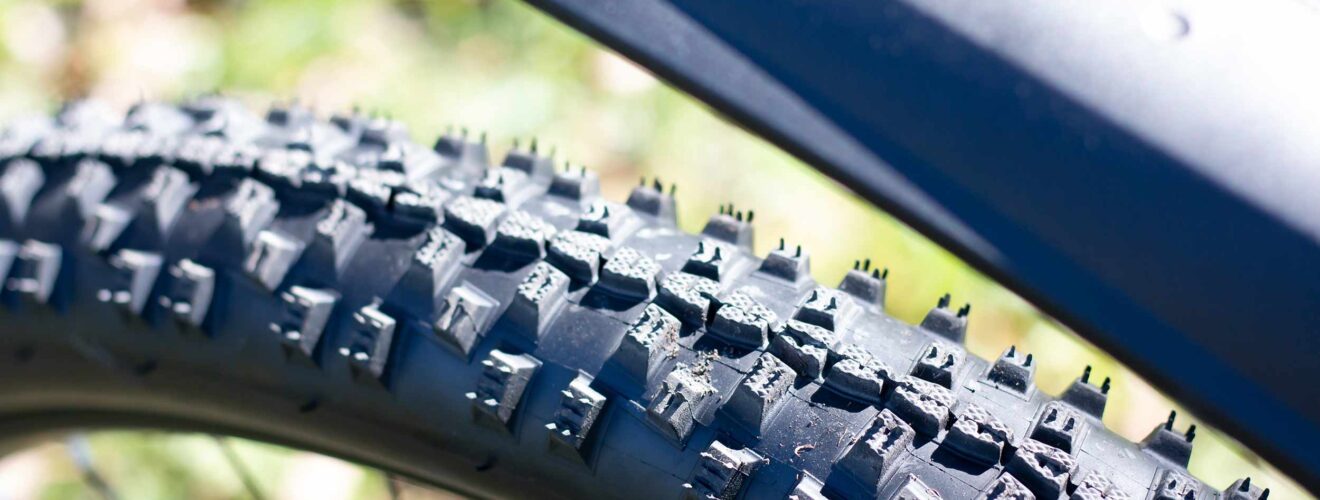
They come in different sizes, rubber compounds, widths and colours. There is the right mountain bike tyre for every area of use. A high, coarse lug tread bites deeply into the ground and gives you plenty of grip on the descent. However, an open tread does not roll as well on long tours, so they are not as suitable for this.There are special mud tyres that grip well in deep mud. Tyres with small lugs roll better and have a larger contact area, but in the wet they can’t really eat into the dirt.
Rolling resistance:
Energy is lost when tyres roll on the ground, a loss caused by the sustained deformation of the tyre and the resulting frictional heat.Braking, cornering and steering forces must be finely tuned, and tyres must be manufactured to reduce rolling resistance without affecting braking distance, for example.
What factors are responsible for rolling resistance?
The rubber compound
The composition of the tyre material determines traction and adhesion. A soft compound gives more traction on wet surfaces and a harder one has less wear.
The carcass
The carcass is the sidewall of the tyre. A stronger carcass provides more cushioning and greater puncture protection. The tyre can also buckle less, but has a higher weight. For riding in bike parks, a sturdy carcass is recommended to avoid punctures. A cross-country rider, on the other hand, will prefer the lighter carcass. The composition of the materials used can influence about 10% of the riding resistance.
Tyre width
Wide tyres offer more cushioning and higher traction. They adapt better to the ground and roll better than narrow ones. An average mountain bike tyre has a width of 2.2 and 2.6 inches.
MTB tyre size and pressure
Larger tyres, such as a 29 inch model, roll better than smaller inch sizes because the tyre deformation is proportionately greater. If you ride more on asphalt, you should also use a higher tyre pressure than off-road and on forest floors. The tyre pressure therefore varies greatly and thus settles between 2 and 3.5 bar.
Tread
The tread of the tyre does not have such a strong effect on rolling resistance. A coarse tread tyre rolls a little worse on asphalt, but it catches up again off-road.
What types of tyres are there?
Clincher tyres
Clincher tyres are used as standard on most rims. The tyre pressure presses the wire into the rim bed and holds the rim and tyre together. They are available with lug tread for mountain bikes and trekking bikes to provide perfect grip on forest floors and trails. A road bike needs smoother tyres for the lowest rolling resistance.
Folding tyres
Here, Kevlar or aramid fibres are used instead of wire and for stabilisation. This saves weight (between 50 – 100 g) and the casing is easy to roll up. For trekking, such a tyre is also easier to pack than one with wire.
Tubeless tyres
As the name suggests, there is no butyl tube in this tyre. As in a car or motorbike tyre (folding or clincher), the air is pumped between the rim and the casing. The maximum air pressure is 4 bar. Optimum pressure is achieved with approx. 1.9 bar. The air is held securely in the tyre by the special shape and a sealing band at the bottom of the rim
Tubeless tyres need sealing milk (puncture protection fluid)
Sealing milk consists of an emulsion of latex and automatically seals small holes and cracks in the bicycle casing. A conventional tyre is usually not completely airtight, so you should regularly check whether there is enough sealant in the tubeless tyre. You can pierce the tyre with a needle and see if the hole reseals itself when you turn it. If this is not the case, the tyre must be refilled. Depending on the manufacturer, the sealant should be replaced every 7 months as it hardens in the tube and becomes solid.
Advantages Tubeless:
- Repairs small holes yourself
- more grip due to lower air pressure
- less weight
- less resistance
- less friction
Disadvantages Tubeless:
- needs sealing milk
- special rims and a rim tape are needed
- complex mounting
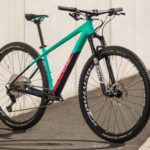
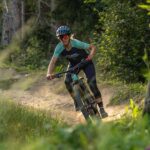
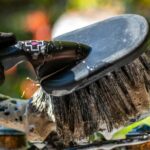

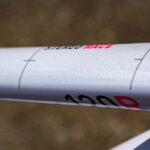
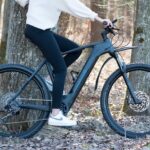
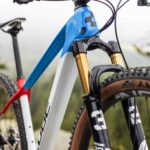
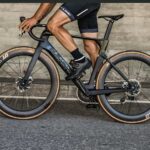
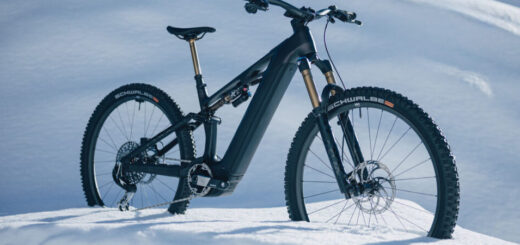
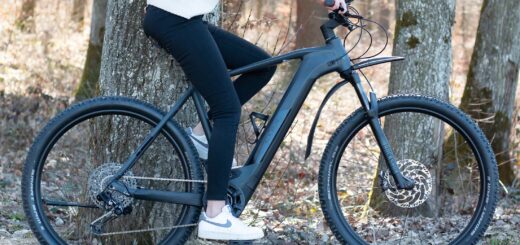
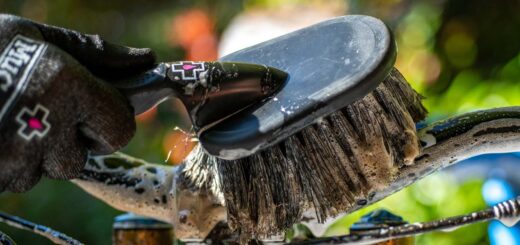








Recent Comments